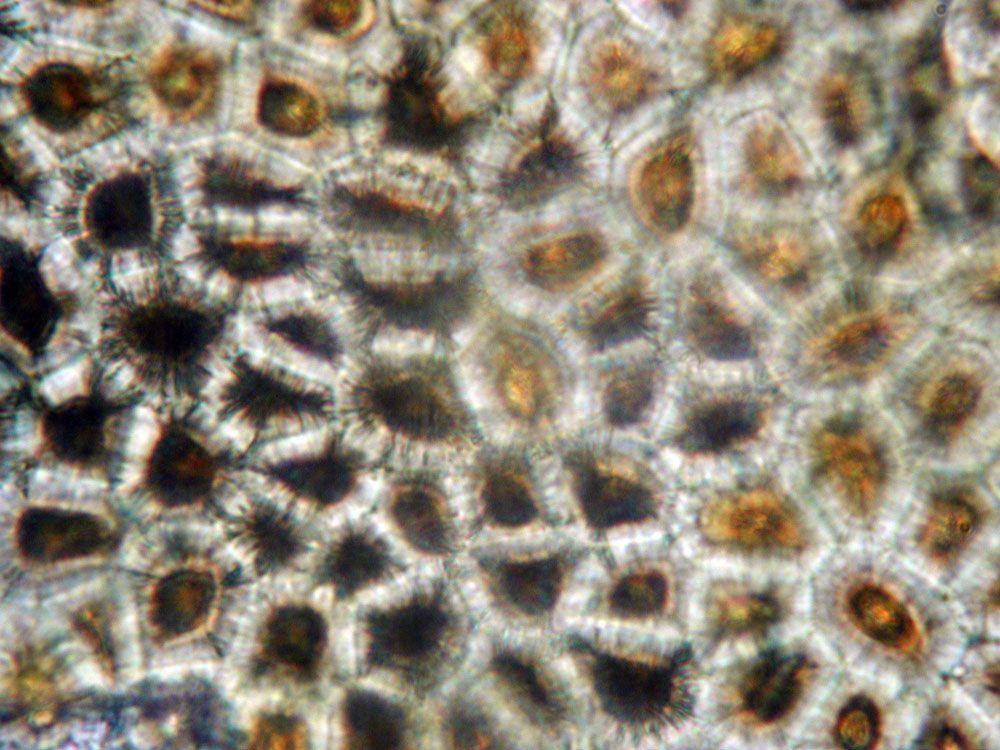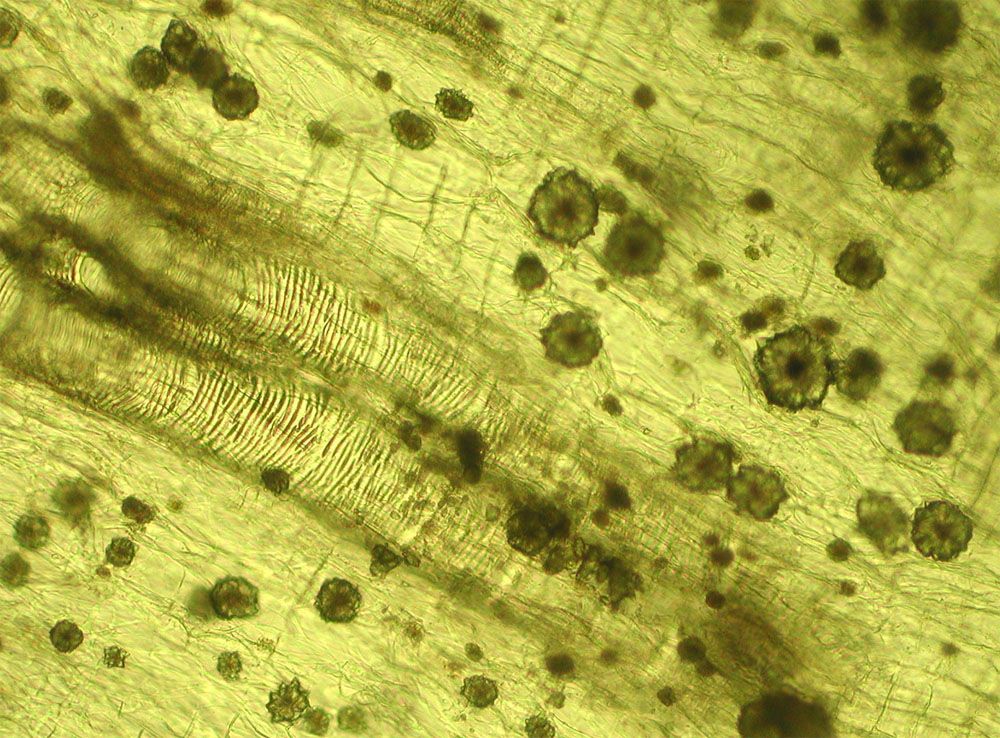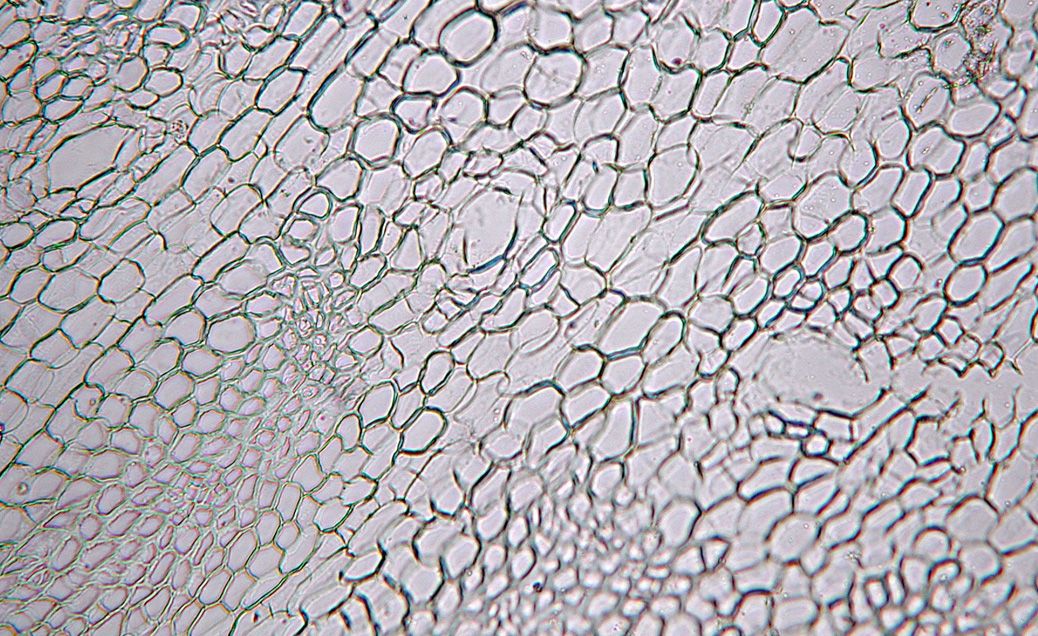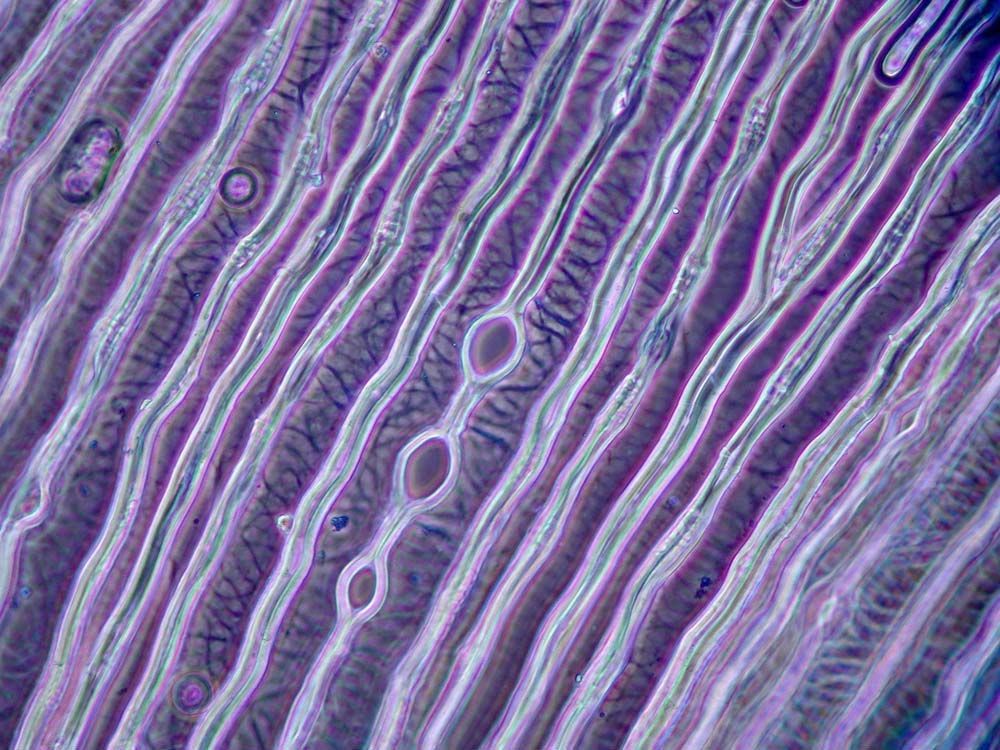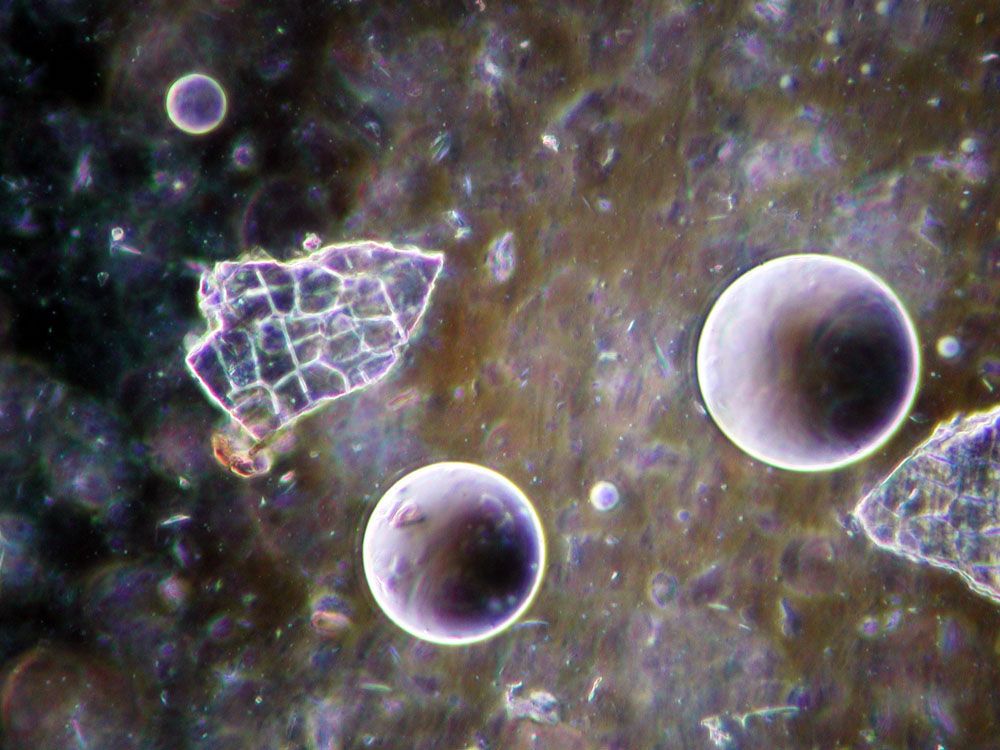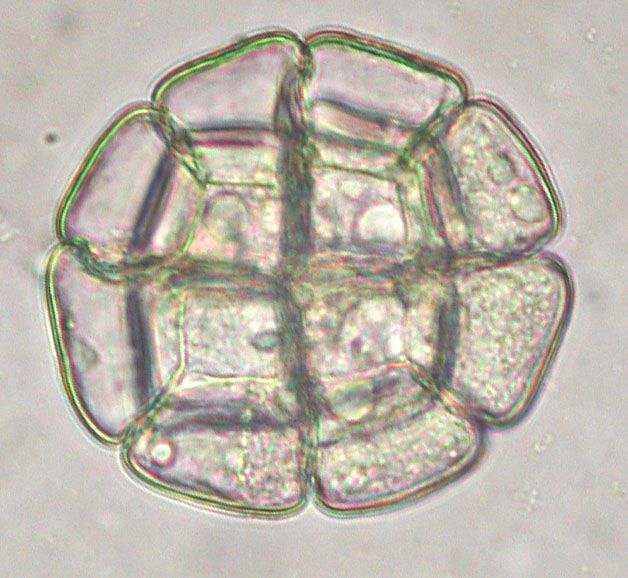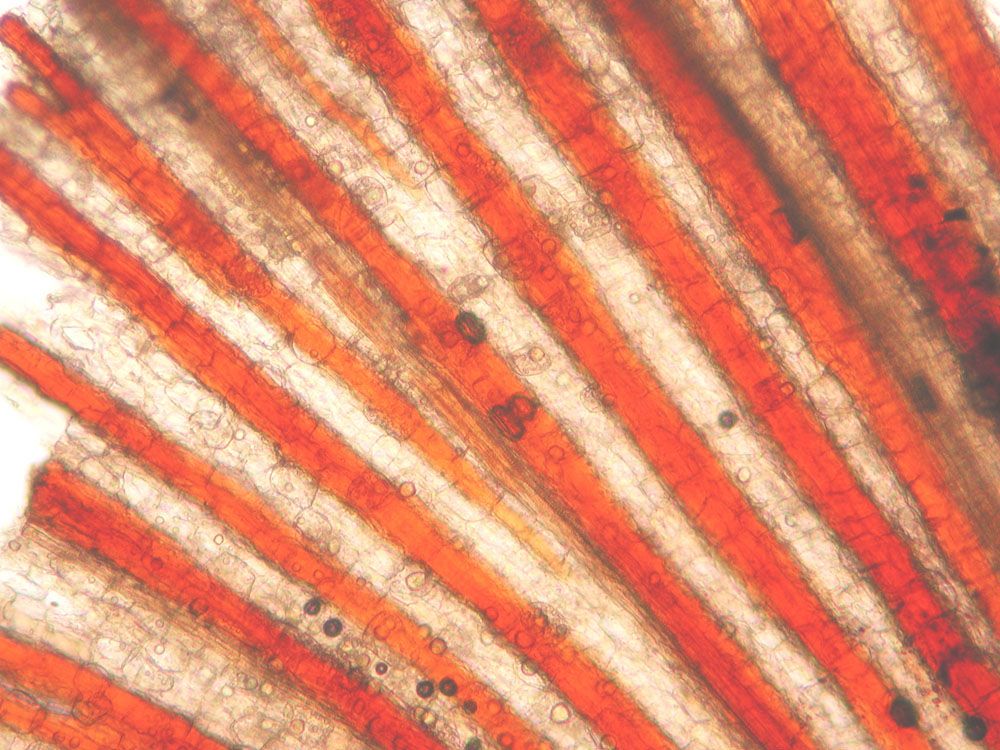Ephedra Radix, Ma huang
FDA prohibits Ephedra in Supplements
From: Deutsche Zeitschrift für Akupunktur 47(2), 2004, 54-56
On February 6 in 2004 the FDA published a ban on dietary supplements containing ephedrine alkaloids, such as ephedrine or pseudo-ephedrine. This includes Ephedra (MA HUANG) as well as Pinellia ternata (BAN XIA) and Sida cordifolia, which is used in ayurvedic medicine and in Africa. The reason for the banning of Ephedra in the USA is the high numbers of reports of side-effects after using Ephedra, which in the USA is mainly used for weight loss and enhancing athletic performance.
The Drugs concerned: Ephedra (ma huang), Pinellia ternata (ban xia), and Sida cordifolia
Ephedra has been used as a remedy for about 5000 years and is therefore probably the oldest pharmaceutical herb in continuous use in the world. Traditional Chinese Medicine (TCM) recognizes three herbs as "MA HUANG": The herb (herba) Ephedra sinica Stapf, E. equisetina Bunge, and E. intermedia Schrenk et Mey (1). In their monograph "Ephedrae herba" the commission E at the German BfArM (Federal Institute for Drugs and Medical Devices) names the following species which are or were commonly used in German pharmaceuticals: "Ephedra herb, consisting of the dried young leaves harvested in autumn of Ephedra sinica Stapf, Ephedra shennungiana Tang, or other similar kinds of ephedra" (2).
Rhizoma pinelliae ternatae or BAN XIA only contains small amounts of alkaloids. According to Chinese publications the total alkaloid content lies below 0.5%, and the ephedrine alkaloids only make up a part of that. Sida cordifolia, which is an important drug in Ayurvedic medicine, on the other hand contains higher levels of ephedrine alkaloids. However these levels should not be as high as those in Ephedra
USA: non-monitored use of Ephedra for weight-loss and performance enhancement
The reason for the banning of Ephedra in the USA is the high numbers of reports of side-effects after using Ephedra, which in the USA is mainly used for weight loss and enhancing athletic performance. This kind of use poses the risk of over dosage. The reports published in the literature and received by the FDA and manufacturers were evaluated in the RAND report. The most severe cases were those of death, myocardial infarctions, cerebrovascular accidents (apoplexy and cerebral hemorrhage), "other neurological" incidents, including epileptic fits and psychiatric problems (3). However the voluntary reports to the FDA were often so incomplete, that the causes can not be reconstructed sufficiently in all individual cases. The reason for this may also be that the use of dietary supplements does not require medical supervision and that the reports were often made by lay-people, including family members. In 98% of all cases the reports were incomplete, no less than 80.7% failed to specify the daily intake (4). The effects of Ephedra alone, even more so in combination with caffeine, for fast weight-loss has been proven by studies. Regarding the enhancement of performance, the data remains insufficient (3).
When looking at the cases of side effects, one needs to take into account that 2 to 3 billion (!) doses of supplements containing ephedrine alkaloids, are ingested every year in the USA (5,6). Consumption has increased dramatically in the last 10 years. According to estimates about 17.2 million US-citizens ingested non-prescription weight-loss drugs from 1996-1998. 2.5 million of those drugs contained Ephedra (7). Usually these are combination drugs, often containing other sympathomimetic substances such as caffeine (often in high doses) or yohimbine. The American laws dealing with dietary supplements are the most lax among the standards dealing with foodstuffs (7).
The most severe cases identified in the RAND report were so-called "sentinel events". This classification explicitly means that Ephedra or ephedrine as a cause has not been proven. These sentinel events were: 5 deaths, 5 heart attacks, 11 cerebrovascular accidents, 4 epileptic fits, and 8 psychiatric emergencies. About half of those cases were related to persons of 30 years or younger. Another 46 cases were classified as "possible sentinel events".
Among the reported cases there are only a few describing the use of Ephedra or ephedrine for the treatment of a disease, and in those cases the dosage was much too high. Apparently no serious cases concerning the supervised use of Ephedra in recommended dosages, including in TCM therapies, were reported in the USA.
Raised risk in combination with sympathomimetics
The reported cases - as far as that information was submitted - almost always reported a combination drug of Ephedra or ephedrine and another more or less sympathomimetic substance, such as caffeine (usually as an extract of plant origin), yohimbine and others, which might have an additive or synergetic effect. Competitive sports also have a strong sympathomimetic effect. The reduced ingestion of calories or fasting might also lead to a higher sensitivity regarding pharmaceutics. The cases of kidney damage linked to Aristolochia (8) or liver damage linked to other pharmaceutics suggest that here, these may also be contributing factors (e.g. 9). Also, looking at the mass consumption of Ephedra products, one might expect an unplanned co-medication with contraindicated drugs, such as MAO-blockers, asthma medication, or other sympathomimetics. The physician prescribing such a drug might not know of the patient's use of Ephedra or the patient does not know the possible risks. In addition there is a risk that the patient might increase the dosage in an effort to lose more weight, better athletic performance, or benefit from its psychotropic effect, especially since herbal products are often regarded as "harmless".
Use of Ephedra in TCM
The mass consumption in the USA is a culturally-specific phenomenon of a society in which the number of obese people is growing, while at the same time, aesthetic standards require women to be thin and men to be muscular. In addition, the Americans have very lax laws regarding dietary supplements. Therefore it is very difficult to draw conclusions from the reports regarding the supervised intake of MA HUANG or Ephedra. Since MA HUANG has a strong draining effect, no responsible TCM practitioner would prescribe it for weight loss or to anyone participating in competitive sports. Bensky and Gamble wrote: "use with caution in cases of deficiency with sweating or wheezing" at a time when the consumption of Ephedra had not yet reached these proportions (1). The western biomedical contraindications should be well-known. In the commission E monograph these are listed as: anxiety, restlessness, high blood pressure, angle-closure glaucoma, cerebrovascular diseases, prostate adenoma with urine retention, phaechromocytoma, thyreotoxicosis (2). If the patient suffers from cardiac problems or has a high risk of coronary heart disease, Ephedra should be avoided. The Centrum für Therapiesicherheit in der Traditionellen Chinesischen Arzneitherapie (CTCA, Center for Safety in Traditional Chinese Medicine Therapy) is preparing an evaluation of MA HUANG / Herba ephedrae.
What about Europe?
Manufacturers in the USA have already adapted to the new situation, and as consumer awareness has increased, now offer Ephedra-free products using the same labels. On the other hand there are more and more Ephedra products on offer via the Internet in Europe. For example: Ephedrine Super Caps by D&E, "the dietary supplement from the USA", "for people and athletes wishing to enhance their performance or simply lose weight". According to their labels they contain 850mg of MA HUANG extract, which means 50mg ephedrine; the recommended dosage is 1 to 2 capsules daily, for no more than 2 months. "It has been proven to stimulate the burning of fat and improves the senses". A warning is added stating that: "after ingestion no bio- or psychoactive substances should be taken", but at the same time they seem to encourage consumption: "Small doses of caffeine are tolerable and are even added to various ephedrine products, as it stimulates the liberation of fat cells from the fatty tissue." These capsules cost about €23 per 100 capsules. Sooner or later uncontrolled use of dietary supplements containing Ephedra might pose a health risk here in Europe. However, evidence suggests that the risk through prescription by qualified TCM therapists is negligible.
Literature:
- Bensky D, Gamble A (1993). Chinese Herbal Medicine. Materia Medica. Revised ed: Eastland Press, Seattle, Washington
- Kommission E (1991). Monograph Ephedrae herba (Ephedrakraut). Bundesanzeiger No. 11, 17th January, 1991
- Shekelle PG, Morton S, Maglione M et al. (2003). Ephedra and ephedrine for weight loss and athletic performance enhancement: clinical and side effects. Evidence Report/Technology Assessment No. 76 (Prepared by Southern California Evidence-based Practice Center, RAND, under Contract No. 290-97-0001, Task Order No. 9). AHRQ Publication 03-E022. Rockville, MD: Agency for Healthcare Research and Quality; February 2003. Available at: http://www.fda.gov/OHRMS/DOCKETS/98fr/95n-0304-bkg0003-ref-07-01-index.htm
- Cantox Health Sciences International (2000). Safety Assessment and Determination of a Tolerable Upper Limit for Ephedra. Im Auftrag des Council for Responsible Nutrition. December 19, 2000. Abrufbar unter: http://www.crnusa.org/cantoxreportindex.html
- United States General Accounting Office (GAO) (1999). Dietary Supplements: Uncertainties in Analyses Underlying FDA's proposed Rule on Ephedrine Alkaloids. GAO, Washington, DC. Zitiert nach(4)
- American Herbal Products Association (AHPA) (2000). Ephedra Survey Results: 1995-1999. Survey Administered & Results Compiled by: Arthur Andersen LLP prepared for the AHPA. April 28,2000. Zitiert nach (4)
- Fontanarosa PB, Rennie D, DeAngelis CD (2003). The Need for Regulation of Dietary Supplements - Lessons From Ephedra. JAMA;289:1568-1570
- Wiebrecht A (2000). Über die Aristolochia-Nephropathie. Dt Zschr Akupunktur 43:187-197
- Kurtovic J, Riordan SM (2003). Paracetamol-induced hepatotoxicity at recommended dosage. J Intern Med; 253:240-243





